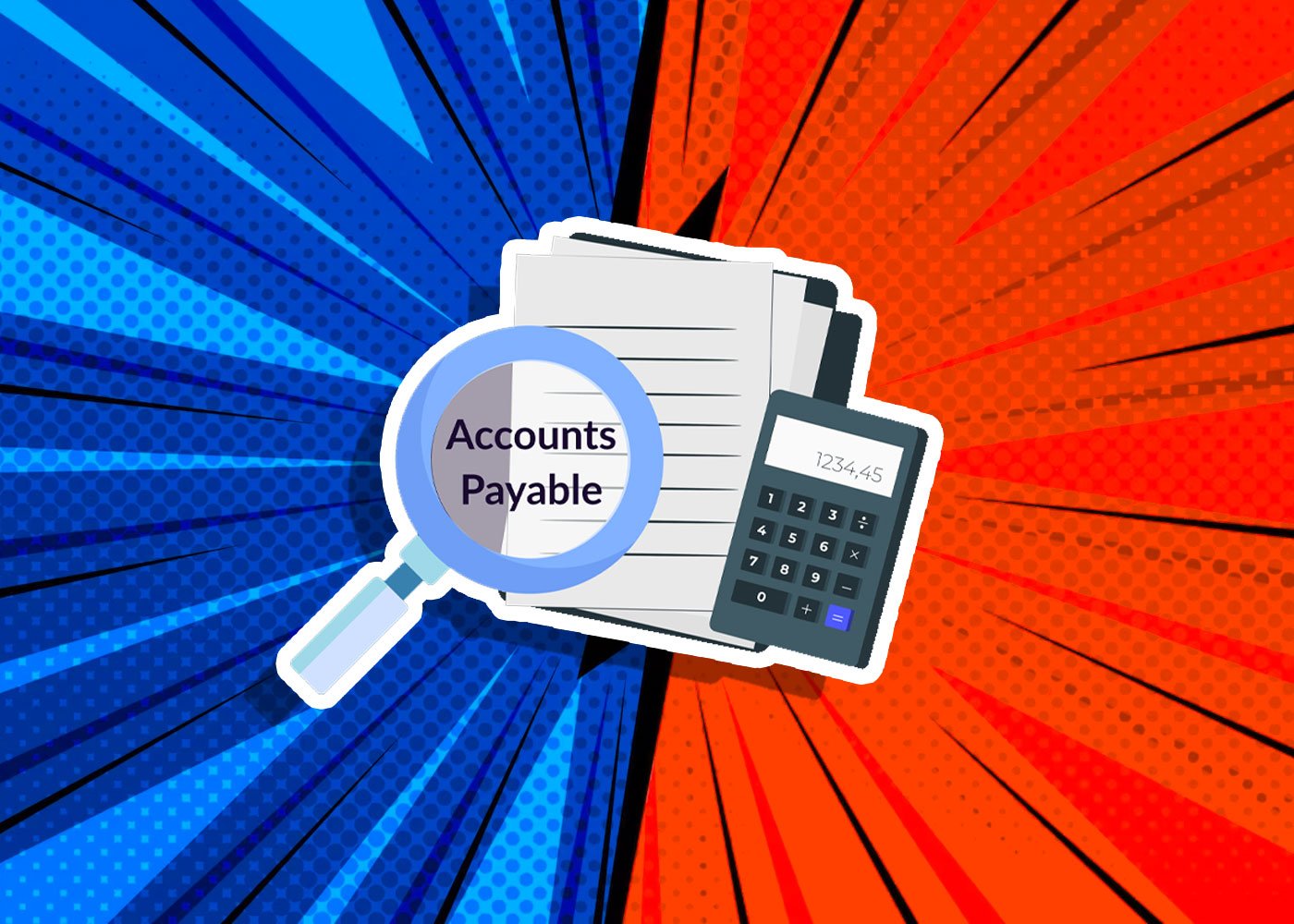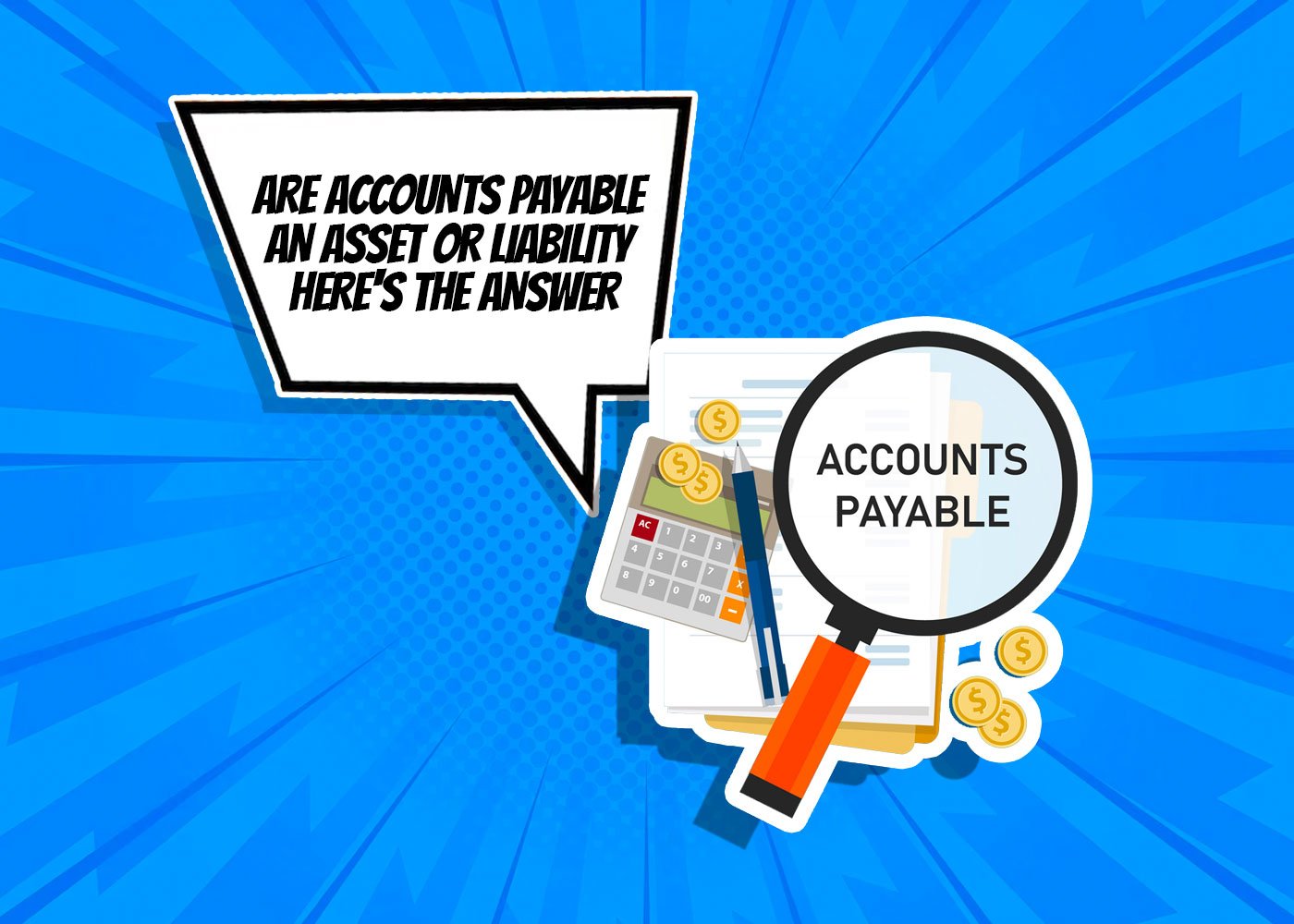Accounts payable can be a daunting concept to wrap your head around regarding financial management. Fortunately, we will show you the simple answer of whether accounts payable is an asset or liability for your business. We’ll take a look at what exactly should be included in accounts payable and how this affects the way that accountants evaluate their balance sheets. By understanding more about what goes into accounts payable and its effects on both accounting and financial planning, you’ll have all the information you need to accurately manage this important aspect of your business’s finances!
What Are Accounts Payable?
The term “accounts payable” in accounting refers to the money a company owes to vendors, suppliers, or other parties for goods or services that have been purchased but not yet paid for. This is shown as a liability on the company’s balance sheet and represents the amount it owes to its creditors.
When a company spends money on things like raw materials, inventory, utilities, rent, and salaries, these expenses are added to its accounts payable list. The company will later pay these expenses off within a specific payment term, which is typically 30, 60, or 90 days.
Properly handling accounts payable is crucial for a company’s financial management because it can affect the company’s cash flow, credit rating, and relationships with vendors. To manage accounts payable effectively, the company must track and record expenses accurately, bargain payment terms with vendors, and guarantee prompt bill payments to avoid being charged with late fees or other penalties.

Classification of Accounts Payable: Liability or Asset?
A company’s assets are resources it owns and controls that have economic value and can generate future cash flow. Examples include cash, inventory, property, plant and equipment, investments, and accounts receivable. Liabilities are financial obligations owed by the company to others, such as creditors, vendors, or lenders. Examples of liabilities include accounts payable, loans, bonds, and other debts.
The main difference between assets and liabilities is that assets are a company’s resources, while liabilities are obligations that a company owes to others. Assets can be used to generate revenue and create value for a company, while liabilities represent claims on a company’s resources by others.
Accounts payable is classified as a liability account because it reflects the amount that a company owes to its suppliers or vendors. On the balance sheet, it is listed under the current liabilities section since it is a debt that must be paid within a year or less.
When a company buys goods or services on credit, it owes the supplier or vendor an amount of money that is recorded in the accounts payable ledger as a liability. The accounts payable balance goes up when a new liability is recorded and goes down when the liability is paid off.
For a company’s financial management, it is essential to manage accounts payable properly as it affects their cash flow and creditworthiness. A high accounts payable balance implies poor cash flow management, indicating that bills are taking longer to be paid. On the other hand, a low accounts payable balance may mean that bills are paid too quickly, leading to cash flow problems in the future.
Let’s Sum Up:
To sum up, managing accounts payable is a vital part of a company’s finances. This liability account shows how much a company owes to its vendors or creditors for goods or services purchased on credit but not yet paid. Effective accounts payable management means keeping accurate records of expenses, negotiating payment terms with vendors, and paying bills promptly to avoid penalties or late fees. Managing accounts payable effectively can benefit companies by improving cash flow, maintaining positive relationships with vendors and suppliers, and ensuring long-term financial stability.








